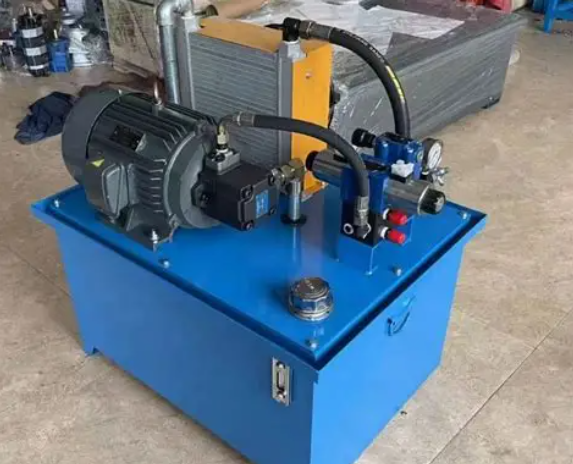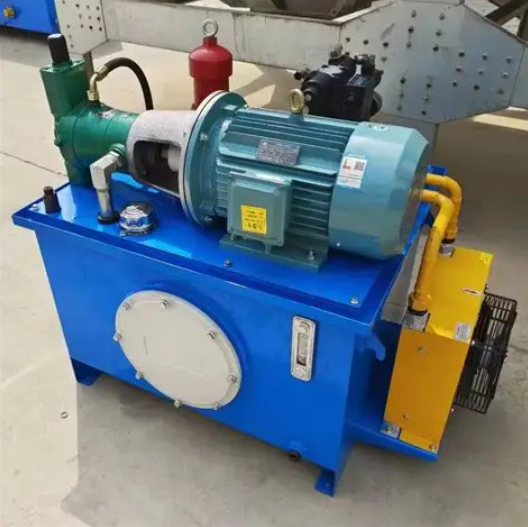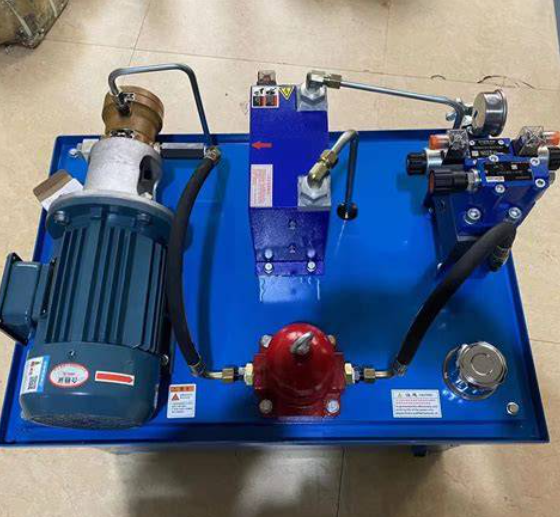Unidades de potencia hidráulica
A Hydraulic Power Unit (HPU) is a self-contained system that generates, controls, and delivers pressurized hydraulic fluid to operate machinery such as cylinders, motors, valves, and tools (e.g., power tongs, blowout preventers, and hydraulic jacks). HPUs are widely used in industries like oil & gas, construction, manufacturing, and aerospace due to their high power density and precise control capabilities.
- Marca: alegría del sol
- SKU: 46
- Envío:
- Política de devolución: <div class="return-policy"><h2>Política de devolución sin riesgo</h2><p> ¿No estás 100% satisfecho? Facilitamos las devoluciones.</p><div class="highlight-box"><h3>
Saber más
Hydraulic Power Unit (HPU)
1. Overview
A Hydraulic Power Unit (HPU), commonly referred to as a hydraulic pump station, is the "heart" of a hydraulic system. It is a self-contained assembly that generates the power required to operate the system by providing a flow of pressurized hydraulic fluid. It converts the mechanical energy from a prime mover (like an electric motor or internal combustion engine) into hydraulic energy, which is then used to actuate components like hydraulic cylinders or motors.


2. Main Components
A typical Hydraulic Power Unit consists of the following key components:
Prime Mover: Usually an electric motor or a diesel engine that provides the initial rotational power.
Hydraulic Pump: The core component that converts mechanical energy into hydraulic energy, generating fluid flow (flow rate) and pressure. Common types include gear pumps, vane pumps, and piston pumps.
Reservoir (Tank): Stores the hydraulic fluid and serves to dissipate heat, separate air, and allow contaminants to settle.
Control Valves: Includes pressure control valves (e.g., relief valve), directional control valves, and flow control valves to regulate system pressure, fluid direction, and speed.
Filters: Remove particulate contaminants from the hydraulic fluid, ensuring system cleanliness, which is critical for reliability and longevity.
Cooler and Heater: Maintain the hydraulic fluid within an optimal temperature range. The cooler dissipates excess heat generated by the system, while the heater warms the fluid for startup in cold conditions.
Accumulator: Stores hydraulic energy to supplement peak flow demands, absorb pressure shocks, or serve as an emergency power source.
Pressure Gauge: Indicates the system operating pressure.
Piping, Connectors, and Level/Temperature Indicators: Form the circulation path and allow for monitoring.

3. Working Principle
The motor starts and drives the hydraulic pump, which draws fluid from the reservoir. The pressurized fluid from the pump is directed through filters and control valves to the various actuators in the system. After the actuators perform their work, the low-pressure return fluid flows back to the reservoir, where it is cooled and de-aerated before being drawn into the pump again, completing a full hydraulic cycle.
4. Key Features & Advantages
High Power Density: Capable of providing enormous force output in a compact space.
Layout Flexibility: Actuators can be located remotely from the power unit, connected by hoses or pipes, allowing for versatile machine design.
Smooth and Precise Control: Enables infinitely variable speed control and frequent reversing.
Overload Protection: System safety is easily achieved through relief valves.
High Reliability: Well-designed HPUs can operate reliably in harsh environments.
5. Application Areas
Hydraulic Power Units are widely used in industrial and mobile equipment, such as:
Industrial Machinery: Injection molding machines, presses, machine tools (brake presses, shears), robotic welding cells.
Construction Equipment: Excavators, cranes, loaders, bulldozers.
Automotive Sector: Lift platforms, garbage truck compaction units.
Aerospace: Aircraft maintenance platforms, simulator actuator control.
Oil & Gas: Blowout Preventer (BOP) control systems, valve actuators.